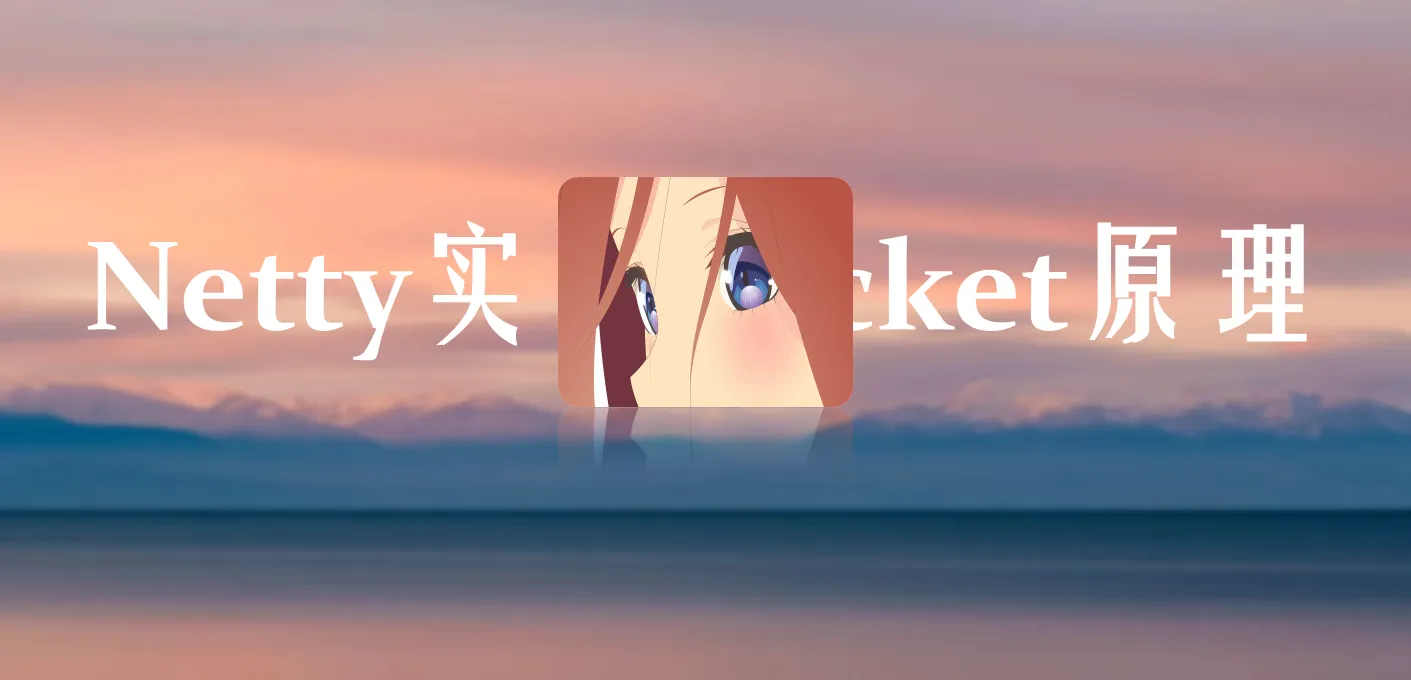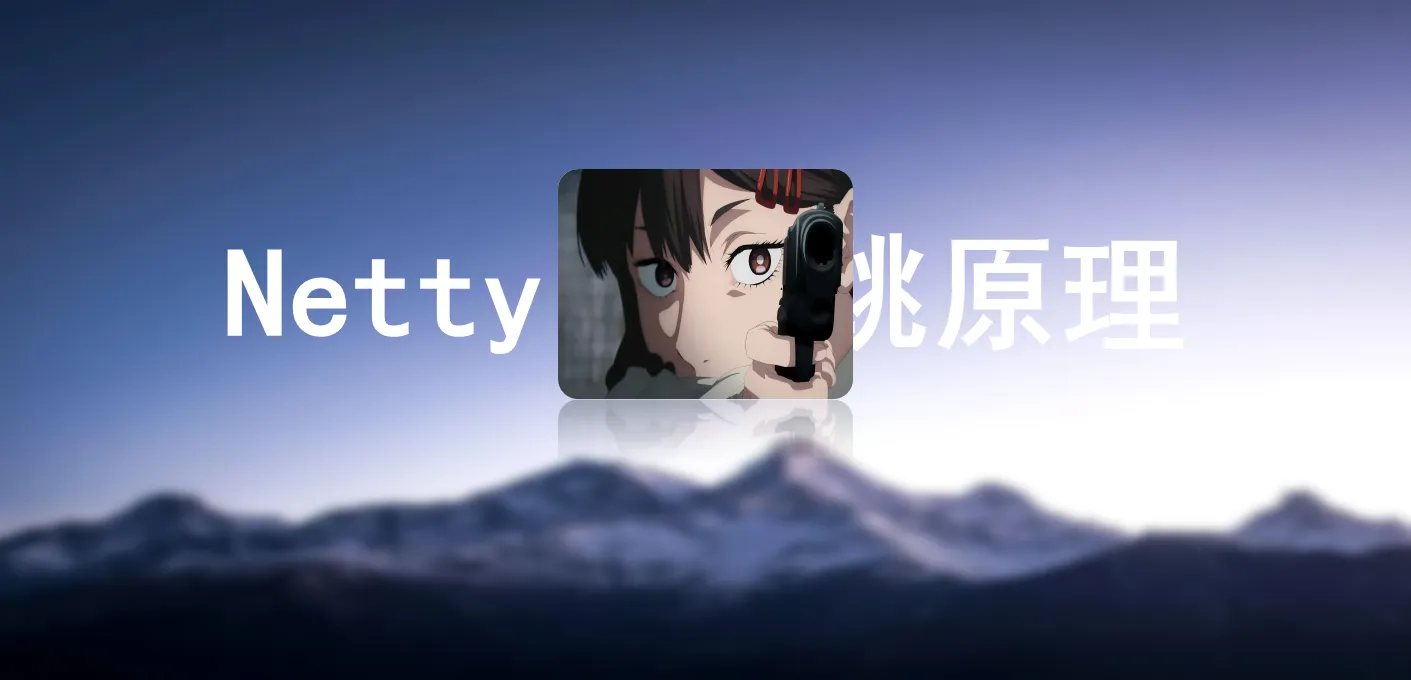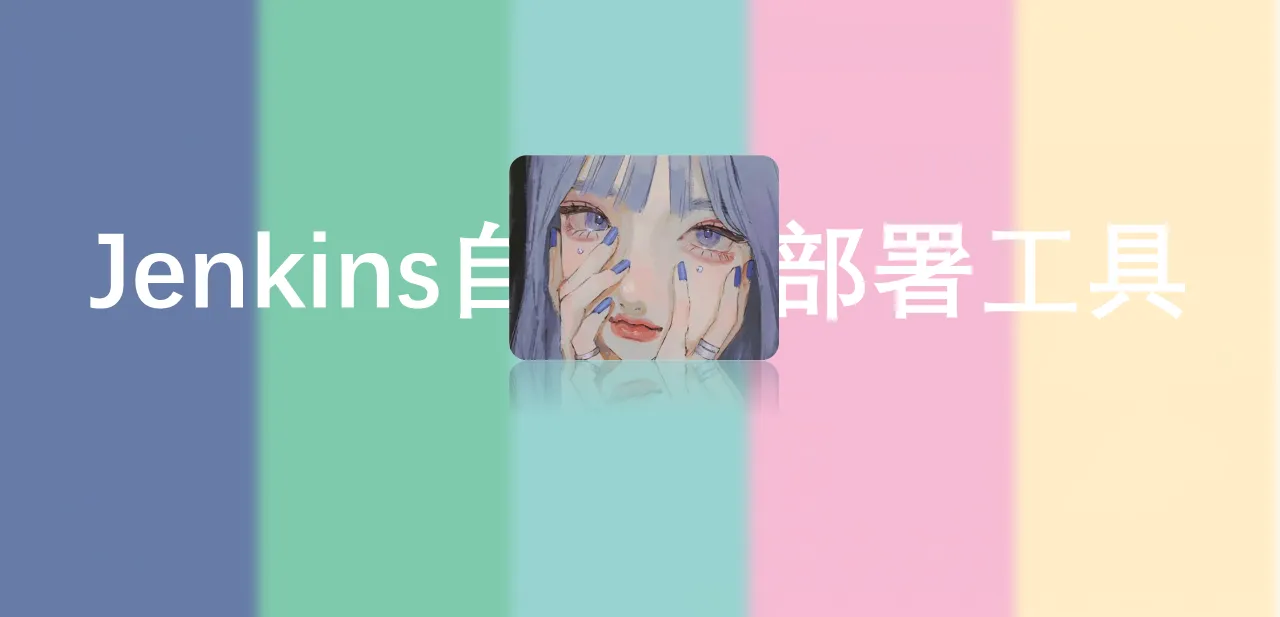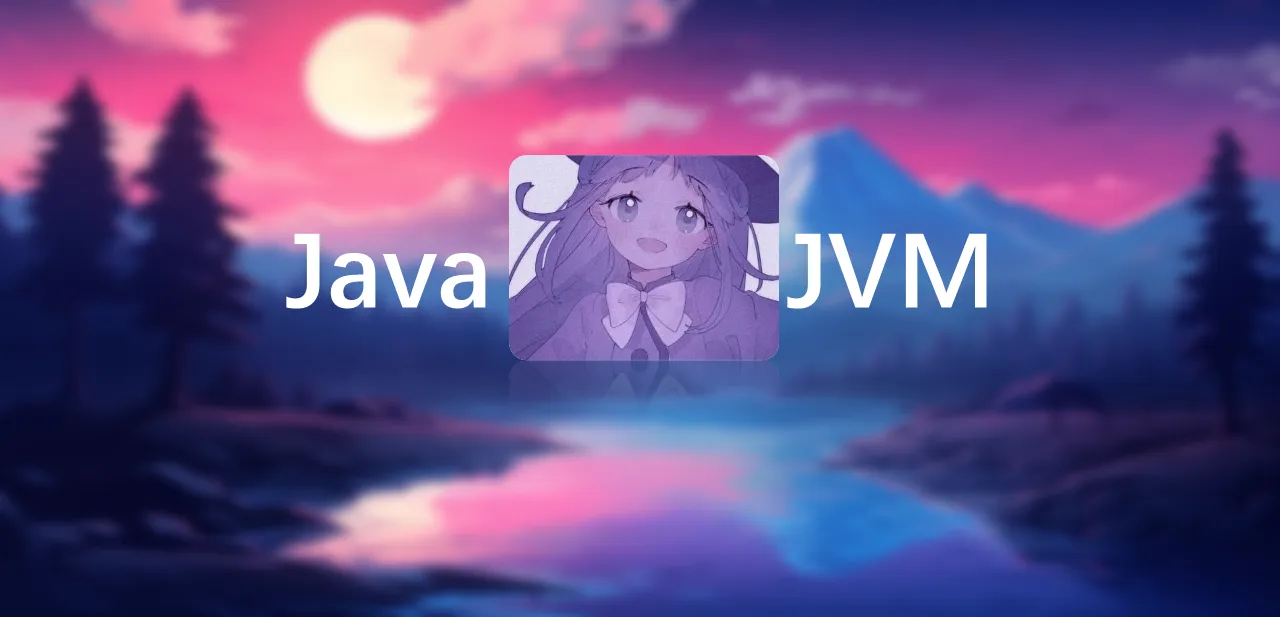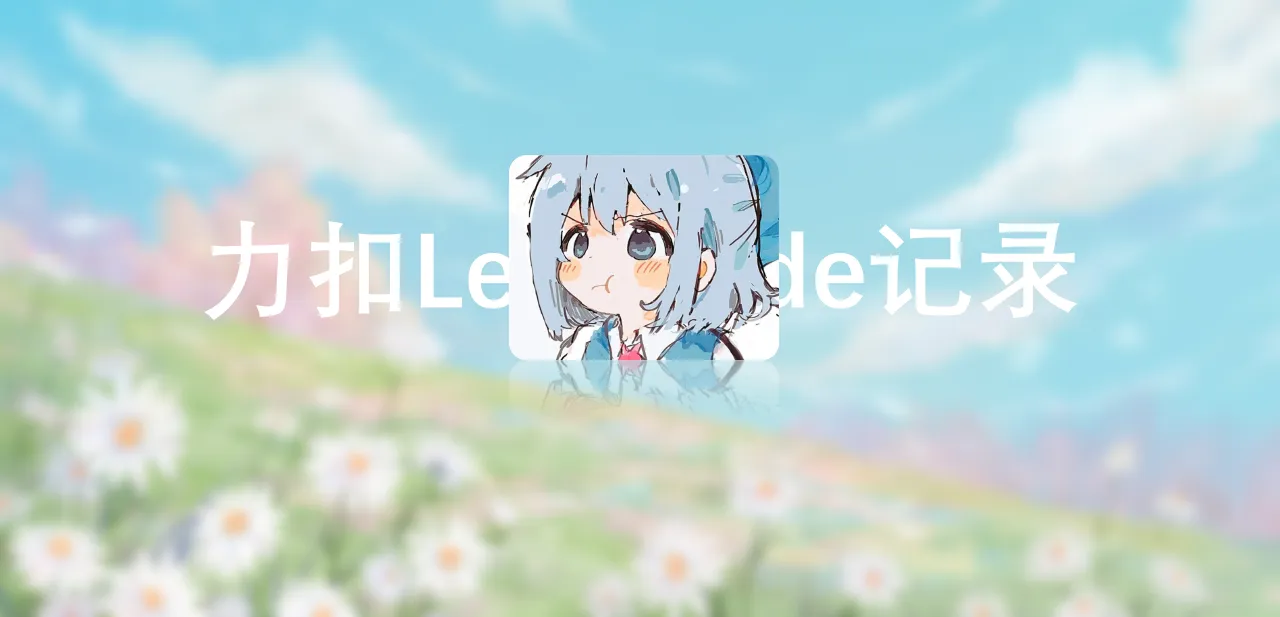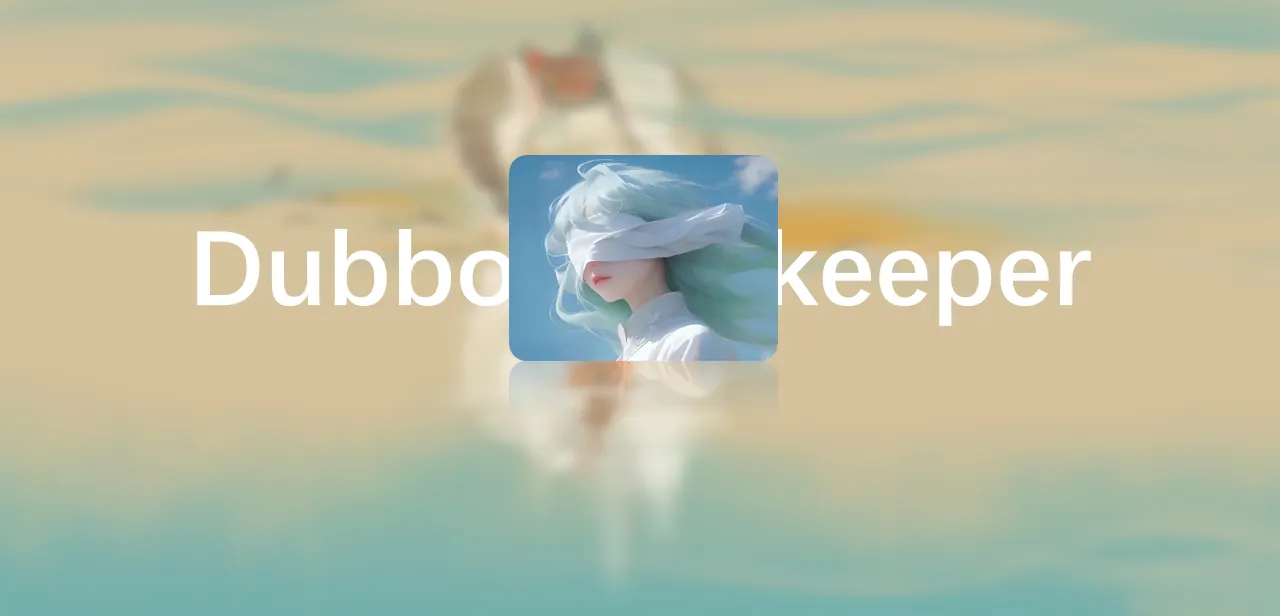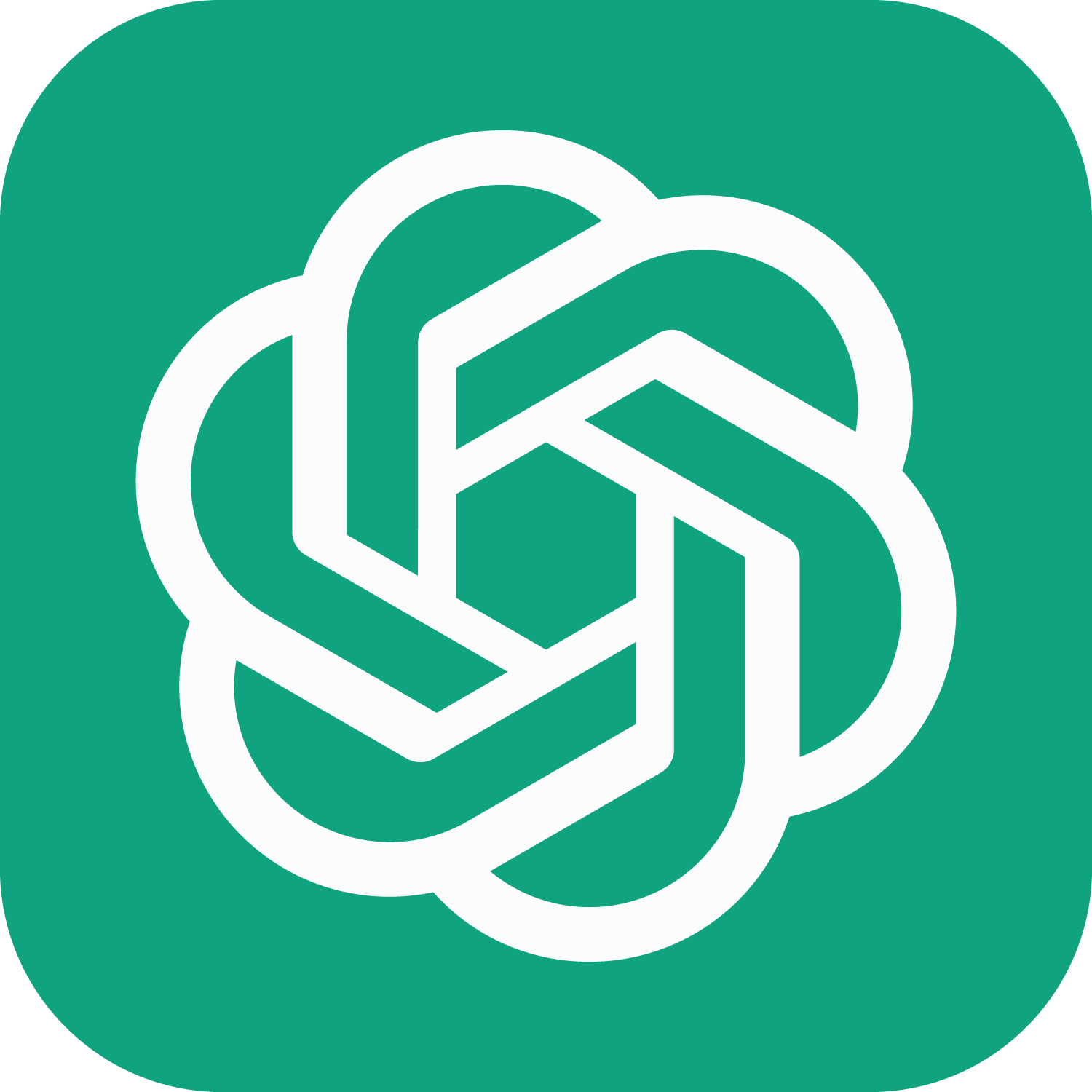前置提要
Netty WebSocket Server代码
1
2
3
4
5
6
7
8
9
10
11
12
13
14
15
16
17
18
19
20
21
22
23
24
25
26
27
28
29
30
31
32
33
34
35
36
37
38
39
40
41
42
43
44
45
46
47
48
49
50
51
52
53
54
55
56
57
58
59
60
61
62
63
64
65
66
67
68
69
70
71
72
73
74
75
| @Slf4j
@Configuration
public class NettyWebSocketServer {
public static final int WEB_SOCKET_PORT = 8090;
private EventLoopGroup bossGroup = new NioEventLoopGroup(1);
private EventLoopGroup workerGroup = new NioEventLoopGroup(NettyRuntime.availableProcessors());
@PostConstruct
public void start() throws InterruptedException {
run();
}
@PreDestroy
public void destroy() {
Future<?> future = bossGroup.shutdownGracefully();
Future<?> future1 = workerGroup.shutdownGracefully();
future.syncUninterruptibly();
future1.syncUninterruptibly();
log.info("关闭 ws server 成功");
}
public void run() throws InterruptedException {
ServerBootstrap serverBootstrap = new ServerBootstrap();
serverBootstrap.group(bossGroup, workerGroup)
.channel(NioServerSocketChannel.class)
.option(ChannelOption.SO_BACKLOG, 128)
.option(ChannelOption.SO_KEEPALIVE, true)
.handler(new LoggingHandler(LogLevel.INFO))
.childHandler(new ChannelInitializer<SocketChannel>() {
@Override
protected void initChannel(SocketChannel socketChannel) throws Exception {
ChannelPipeline pipeline = socketChannel.pipeline();
pipeline.addLast(new IdleStateHandler(30, 0, 0));
pipeline.addLast(new HttpServerCodec());
pipeline.addLast(new ChunkedWriteHandler());
pipeline.addLast(new HttpObjectAggregator(8192));
pipeline.addLast(new WebSocketServerProtocolHandler("/"));
pipeline.addLast(new NettyWebSocketServerHandler());
}
});
serverBootstrap.bind(WEB_SOCKET_PORT).sync();
}
}
|
分析
优雅销毁服务
在代码第25行的destroy方法
1
2
3
4
5
6
7
8
| @PreDestroy
public void destroy() {
Future<?> future = bossGroup.shutdownGracefully();
Future<?> future1 = workerGroup.shutdownGracefully();
future.syncUninterruptibly();
future1.syncUninterruptibly();
log.info("关闭 ws server 成功");
}
|
也就是把连接先进行关闭, 然后再进行等待片刻。
服务结构
重写run方法实现中,在前提代码中第44行
ChannelPipeline pipeline = socketChannel.pipeline();
管道,每一个Netty服务都有一个对应的ChannelPipeline管道,此部分一般用于实现添加对应的处理器。例如HttpServer、WebSocket等处理器
此处我们以WebSocket处理器为例(67行),其代码如下:
1
| pipeline.addLast(new WebSocketServerProtocolHandler("/"));
|
追踪处理器(追踪进去可以找到后面的方法:handlerAdded),在其源码中不难发现有:
1
2
3
4
5
6
7
8
9
10
11
12
13
14
15
| @Override
public void handlerAdded(ChannelHandlerContext ctx) {
ChannelPipeline cp = ctx.pipeline();
if (cp.get(WebSocketServerProtocolHandshakeHandler.class) == null) {
cp.addBefore(ctx.name(), WebSocketServerProtocolHandshakeHandler.class.getName(),
new WebSocketServerProtocolHandshakeHandler(serverConfig));
}
if (serverConfig.decoderConfig().withUTF8Validator() && cp.get(Utf8FrameValidator.class) == null) {
cp.addBefore(ctx.name(), Utf8FrameValidator.class.getName(),
new Utf8FrameValidator(serverConfig.decoderConfig().closeOnProtocolViolation()));
}
}
|
通过追踪 握手处理器类WebSocketServerProtocolHandshakeHandler:
可以发现有一个方法为: channelRead,具体如下
1
2
3
4
5
6
7
8
9
10
11
12
13
14
15
16
17
18
19
20
21
22
23
24
25
26
27
28
29
30
31
32
33
34
35
36
37
38
39
40
41
42
43
44
45
46
47
48
49
50
51
52
53
54
55
56
57
58
59
60
61
62
63
64
65
66
67
| @Override
public void channelRead(final ChannelHandlerContext ctx, Object msg) throws Exception {
final HttpObject httpObject = (HttpObject) msg;
if (httpObject instanceof HttpRequest) {
final HttpRequest req = (HttpRequest) httpObject;
isWebSocketPath = isWebSocketPath(req);
if (!isWebSocketPath) {
ctx.fireChannelRead(msg);
return;
}
try {
if (!GET.equals(req.method())) {
sendHttpResponse(ctx, req, new DefaultFullHttpResponse(HTTP_1_1, FORBIDDEN, ctx.alloc().buffer(0)));
return;
}
final WebSocketServerHandshakerFactory wsFactory = new WebSocketServerHandshakerFactory(
getWebSocketLocation(ctx.pipeline(), req, serverConfig.websocketPath()),
serverConfig.subprotocols(), serverConfig.decoderConfig());
final WebSocketServerHandshaker handshaker = wsFactory.newHandshaker(req);
final ChannelPromise localHandshakePromise = handshakePromise;
if (handshaker == null) {
WebSocketServerHandshakerFactory.sendUnsupportedVersionResponse(ctx.channel());
} else {
WebSocketServerProtocolHandler.setHandshaker(ctx.channel(), handshaker);
ctx.pipeline().remove(this);
final ChannelFuture handshakeFuture = handshaker.handshake(ctx.channel(), req);
handshakeFuture.addListener(new ChannelFutureListener() {
@Override
public void operationComplete(ChannelFuture future) {
if (!future.isSuccess()) {
localHandshakePromise.tryFailure(future.cause());
ctx.fireExceptionCaught(future.cause());
} else {
localHandshakePromise.trySuccess();
ctx.fireUserEventTriggered(
WebSocketServerProtocolHandler.ServerHandshakeStateEvent.HANDSHAKE_COMPLETE);
ctx.fireUserEventTriggered(
new WebSocketServerProtocolHandler.HandshakeComplete(
req.uri(), req.headers(), handshaker.selectedSubprotocol()));
}
}
});
applyHandshakeTimeout();
}
} finally {
ReferenceCountUtil.release(req);
}
} else if (!isWebSocketPath) {
ctx.fireChannelRead(msg);
} else {
ReferenceCountUtil.release(msg);
}
}
|
上述的代码样例中有注释解释代码,下面进行说明
- 第五行:
if (httpObject instanceof HttpRequest)
判定请求是否为Http请求
- 第十八行:组装握手响应
- 第二十二行:创建一个握手的响应类
为后面的响应进行处理
从请求管道中移除自己,我们WebSocket连接只需要在第一次连接的时候使用然后进行升级,随后移除。因为只在第一次使用(升级)的时候使用到了,后续不需要哟到
握手的响应类会通过handshaker进行请求的响应
如果事件成功则发送一个握手事件体
重写自定义握手事件
基于前面最后分析的发送握手事件体,则有如下实现(通过重写userEventTriggered方法)
1
2
3
4
5
6
7
8
9
10
11
12
13
14
15
16
17
18
19
20
21
22
23
24
25
26
27
28
29
30
31
| @Slf4j
public class NettyWebSocketServerHandler extends SimpleChannelInboundHandler<TextWebSocketFrame> {
@Override
public void userEventTriggered(ChannelHandlerContext ctx, Object evt) throws Exception {
if (evt instanceof WebSocketServerProtocolHandler.HandshakeComplete) {
System.out.println("握手完成");
} else if (evt instanceof IdleStateEvent) {
IdleStateEvent event = (IdleStateEvent) evt;
if (event.state() == IdleState.READER_IDLE) {
System.out.println("读空闲");
ctx.channel().close();
}
}
}
@Override
protected void channelRead0(ChannelHandlerContext ctx, TextWebSocketFrame msg) throws Exception {
String text = msg.text();
System.out.println("text = " + text);
}
}
|
总结
Netty具体实现WebSocket是通过Http升级一次,依靠的是我们前面分析的处理器(WebSocketServerProtocolHandshakeHandler)帮我们进行连接的升级
